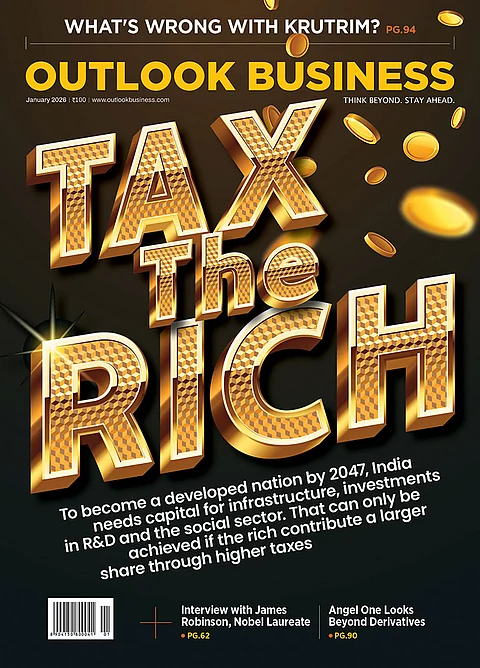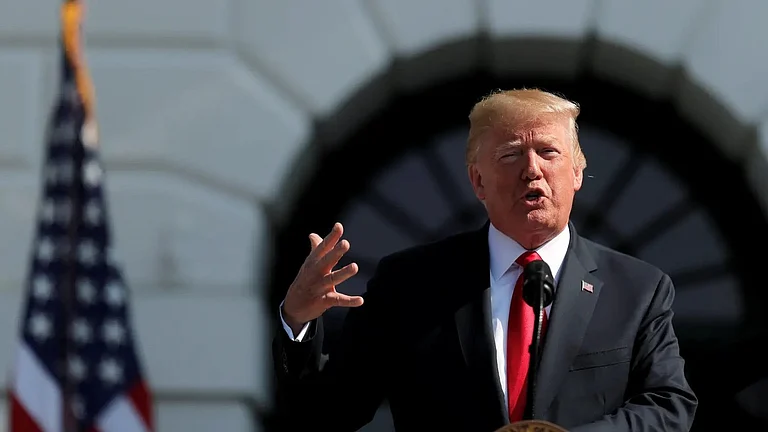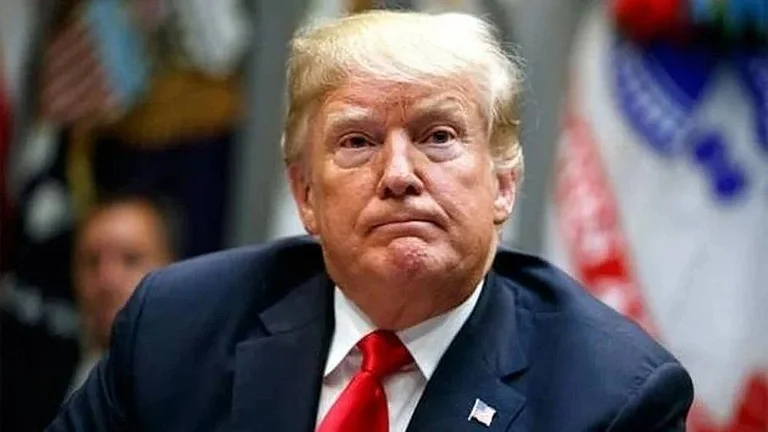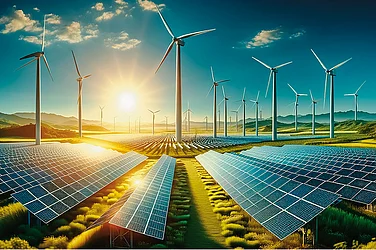"We will drill, baby, drill. America will be a manufacturing nation once again, and we have something that no other manufacturing nation will ever have, the largest amount of oil and gas of any country on earth. And we are going to use it," These are not mere words; they come from one of the world's most powerful figures—Donald Trump, the 47th President of the United States.
The world is warming up, thanks to the drilling that nations have been doing for years. The rising greenhouse gas emissions have made 2024 the hottest year on record and also the first year to breach the 1.5 degrees Celsius threshold. The frequency and intensity of extreme weather events such as heatwaves, floods and wildfires have increased across the world. Climate change has caused severe devastation over the past year and will continue to trigger harrowing events in the future.
Against this backdrop, Donald Trump sworn in as the US President on January 20, 2025. He has brought with him several distressing anti-climate measures, turning a blind eye to the glaring reality.
Trump's Anti-Climate Measures
On the very first day of taking office, Trump issued a series of orders that cemented his blatant disregard for global efforts aimed at transitioning to a sustainable future. He is committed to make America great again by reversing whatever little efforts the global super power has made to promote clean energy. Reversing Biden's ban on offshore oil and gas drilling, Trump has planned to declare “national energy emergency”, giving the administration more powers to approve production of fossil fuels.
He has announced the withdrawal of the world’s second largest emitter from the landmark Paris accord. Trump will review the regulations that “impose undue burdens on energy production and use” and roll back incentives on electric vehicles. He has also called for an end to leases for wind energy farms.
The new administration has vowed to revoke several environment-friendly orders issued by the Biden administration in 2021 including establishment of climate change support office, climate-related financial risk management and efforts to boost clean energy industries and jobs.
What is at Stake?
Until now, the US was doing fine in terms of solar and wind energy production which even surpassed coal production last year for the first time. The country now ranks third for the solar panel manufacturing. Wind farms accounted for 22% of the electricity generated in Texas and 59% of the power produced in Iowa in 2023, according to the New York Times.
The Inflation Reduction Act, brought in effect in 2022, has been hailed for its potential for implementing climate solutions. The benefits will now cease after Trump ordered a halt to spending under the law. "Since the inflation act spending is halted, low-carbon technology development and adoption will be slowed, said Labanya Jena, sustainable finance specialist. Since the technology is used globally, the implication will be felt all over the world.
All of the pro-climate efforts are set to be reversed as Donald Trump takes charge. “The chaos and uncertainty of his actions will hurt the US decarbonisation as well as the obligations of the US to the rest of the world on climate cooperation," said Avantika Goswami, Programme Manager, Climate Change, Centre for Science and Environment.
Without the US participation in reducing global emissions, the objective of the Paris agreement to keep warming below a certain level cannot be achieved.
Grave Consequences
The wildfires in Los Angeles has claimed at least 28 lives, destroyed homes and displaced hundreds of thousands. In the Trump administration, sensitive regions of the country such as California and Alaska could now face a major risk. Manjeev Puri, distinguished fellow at The Energy and Resources Institute (TERI) said, “The bigger risk is the exploitation of sensitive regions like Alaska, which poses grave ramifications to global climate stability."
The biggest blow for climate actions will be due to a significant shrinkage of funds. According to various estimates, the developing countries need $5–6 trillion cumulatively at least until 2030 to achieve their stated nationally determined contributions. Trump has already ordered an immediate revocation of the US International Climate Finance Plan which promised to scale up US contribution to $11bn annually by 2024. RR Rashmi, distinguished fellow at TERI, noted that the new US administration will impact global clean energy financing more than private investments.
Experts believe that Trump's measures risk the global consensus on climate action. "Other countries may scale down their ambitions. Large commercial banks and investors in the US will no longer be asked to support climate technologies,” said Jena, sustainable finance specialist. Jena also fears given the veto of the US on the World Bank, it may be forced to moved away from climate financing.
Given the current state of the world, what is needed is even more ambitious targets from the US. However, Trump is determined to pull back the country to the fossil fuel era by reversing past climate actions. As a result, it is clear that the US climate pledge to reduce emissions by 61-66% from 2005 levels by 2035, will not be achieved. And without US participation, the global transition will be a lot slower, endangering lives worldwide.































